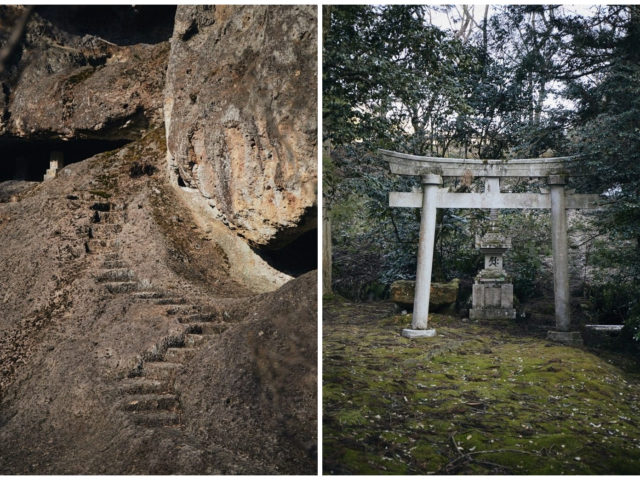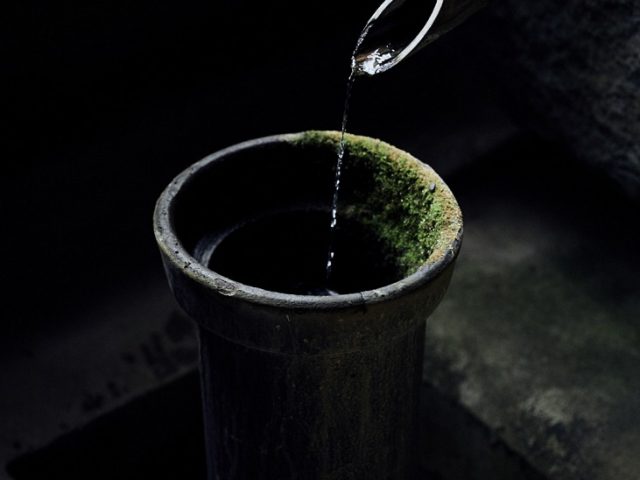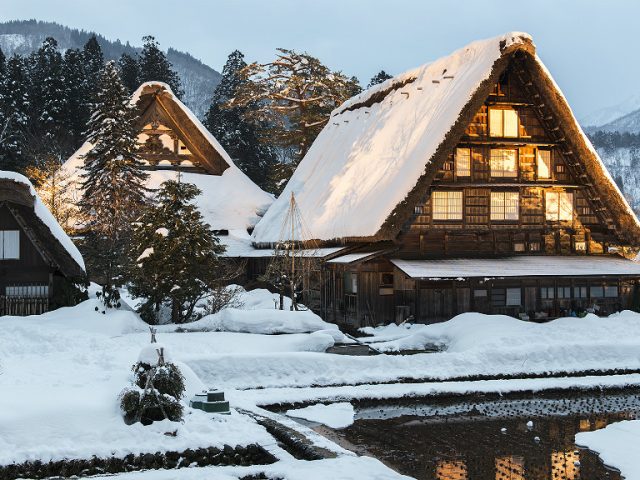Japan’s Noto Peninsula: A Breathtaking Road Trip
Update, as of August 2024:
Wajima Morning Market is reopening as a “Caravan,” traveling throughout Ishikawa and opening at different locations to bring the market to the people. Upcoming events will be on the caravan’s website as they are decided (Japanese only).
Update, as of June 2024:
Soji-ji Temple, Noto Wine, Squid Station Tsukumall, and the Blue Cave are operating at limited capacity and welcoming individual tourists. Group tours please refrain from visiting. Additionally, be aware of road hazards and limited parking availability. Understanding and flexibility is appreciated.
A Note from the Editor:
Most first-time visitors to Japan plan their itineraries around the “Golden Route,” running along Tokyo, Kyoto, Nara and Osaka. In an effort to promote the diverse culture and landscapes of Japan, other routes have been proposed, including the “Dragon Route,” which runs through Nagoya, Takayama, Shirakawa-go, Toyama, Kanazawa, and finally up through the tip of the Noto, a route that emphasizes history, spirituality, and natural wonder, and whose shape resembles a dragon weaving across the Japanese Alps, with the Noto Peninsula as his mouth.
Fittingly, the dragon waited until the year of his zodiac to awaken.
On January 1st, 2024, just after 4 p.m., a series of three strong earthquakes struck the Noto Peninsula, the final and most devastating being the Great Noto Earthquake, whose primary and secondary disasters will be felt for a long time to come.
As a result of that quake, I’ve just had to archive this, one of our most popular articles, “Japan’s Noto Peninsula: A Breathtaking Road Trip,” by Nao, with photos by Nik van der Giesen. Nao often wrote travelogues of her road trips, and Nik’s photos are stellar, and looking over them again, I can easily recall my own trips up through the coastlines.
I also can’t help but compare them to the photos that were broadcast on the news through the first week of the year.
Mitsukejima, “battleship island,” no longer looks like the proud ship approaching the northeastern shores. Though it still stands, the facing edge is deformed, with piles of stone and dirt fallen on either side. The crown of lush evergreens has been dashed, and only a fraction remain, many leaning, some only clinging on by the roots.
The morning market at Wajima has quite simply been obliterated.
I’m still waiting to learn how fared Soji-ji Temple, the birthplace and once greatest monastery of Soto Zen in Japan.
Suzu City, with its own craft history of local pottery, a protected tradition of Ishikawa Prefecture, had been promoting a major modern art event every year in the fall, the Oku-Noto Triennale.
Wajima has not only been a major source of local produce for the prefecture, but the home of another one of Ishikawa’s protected crafts, the luxuriously designed and durable Wajima Lacquerware.
Wakura Onsen, a tiny, but warm and welcoming onsen town overlooking the blue waters of Toyama Bay.
The charming steps of the Senmaida rice paddies and their yearly light-ups.
The miles and miles of lush green Noto foothills.
I don’t know when I’ll get to see these again, and it pains me to think there are some places I never will.
And even with all this devastation, it cannot compare to the grief for those whose lives were lost.
We in Kanazawa came out of this disaster quite well. Aside from smaller repairs around the city and a few delays in transportation, all was well and running as near to usual as can be expected within a few days. The garden is still beautiful, the food still delicious, and we welcome everyone who would come see what our city has to offer.
I am so very sorry, however, that we cannot at this time—and likely for a long time—recommend a trip up to the beautiful Noto Peninsula.
Until we are able to go again, please enjoy the article as it remains, and remember with us the Noto as it was.
— Rachel, Kaname Inn Tatemachi
January 6th, 2024
This article is no longer being updated and may contain old or incorrect information. For the latest information on Kanazawa and recommendations for guests of Kaname Inn Tatemachi, please check our IDEAS main page.
The Noto Peninsula north of Kanazawa has so many scenic areas, especially along the coastline. Tour buses travel through the peninsula, but going by car is better if you want to take your time at each beautiful spot.
Our Half-day Itinerary:
Ganmon
Wajima Morning Market (brunch)
Senmaida
Mitsukejima (Coffee time!)
Yume Terrace
Ganmon
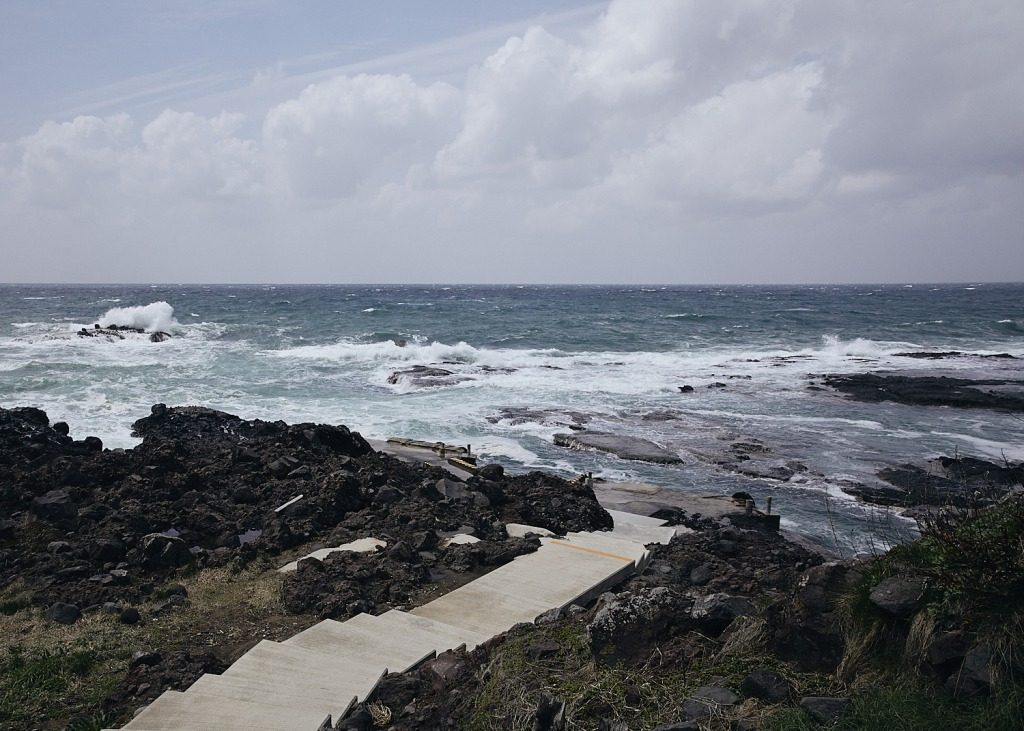
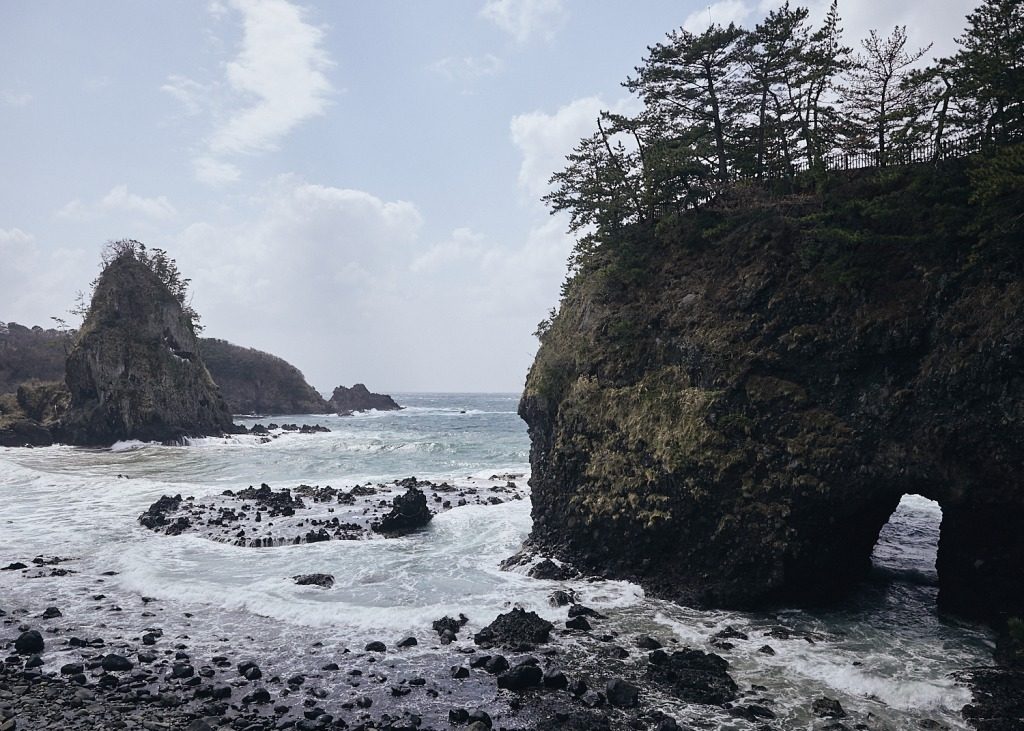
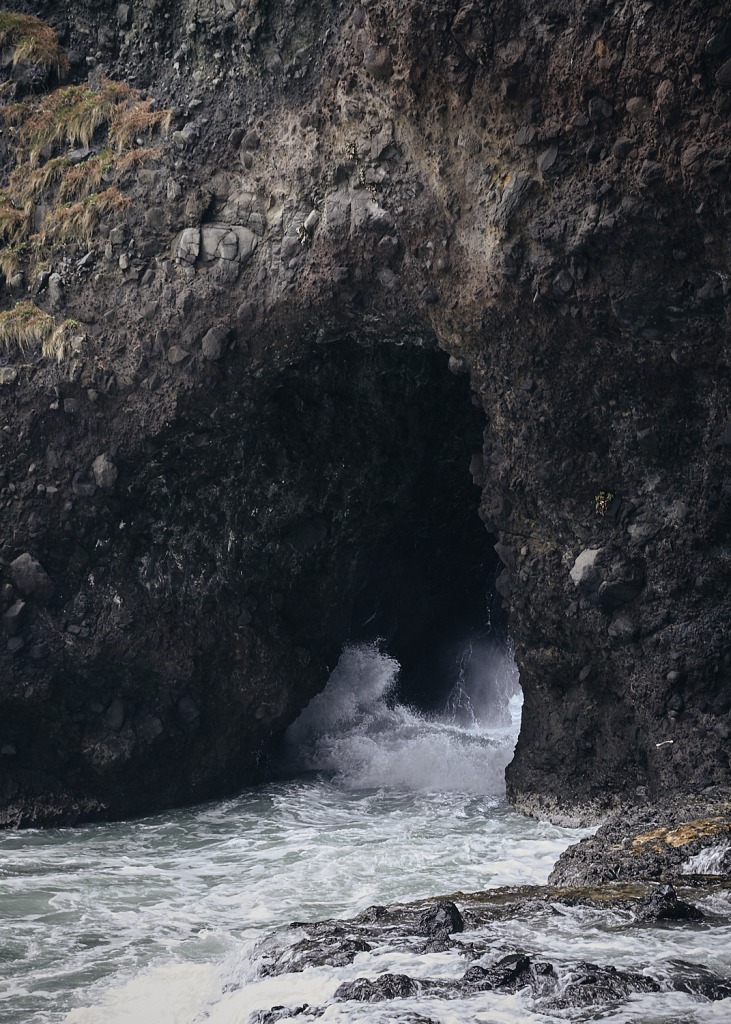
The landscape is amazing!
Ganmon is the highlight of the Noto Kongo Coastline. This rock was created entirely naturally under water ages ago and rose up to its current position over time.
Ganmon means “rock gate,” and you can walk right down to it to see the formation up close along with the crashing waves from the East Sea off the coast of Japan. When the weather is calm, you can take a boat out across the water.
Wajima Morning Market

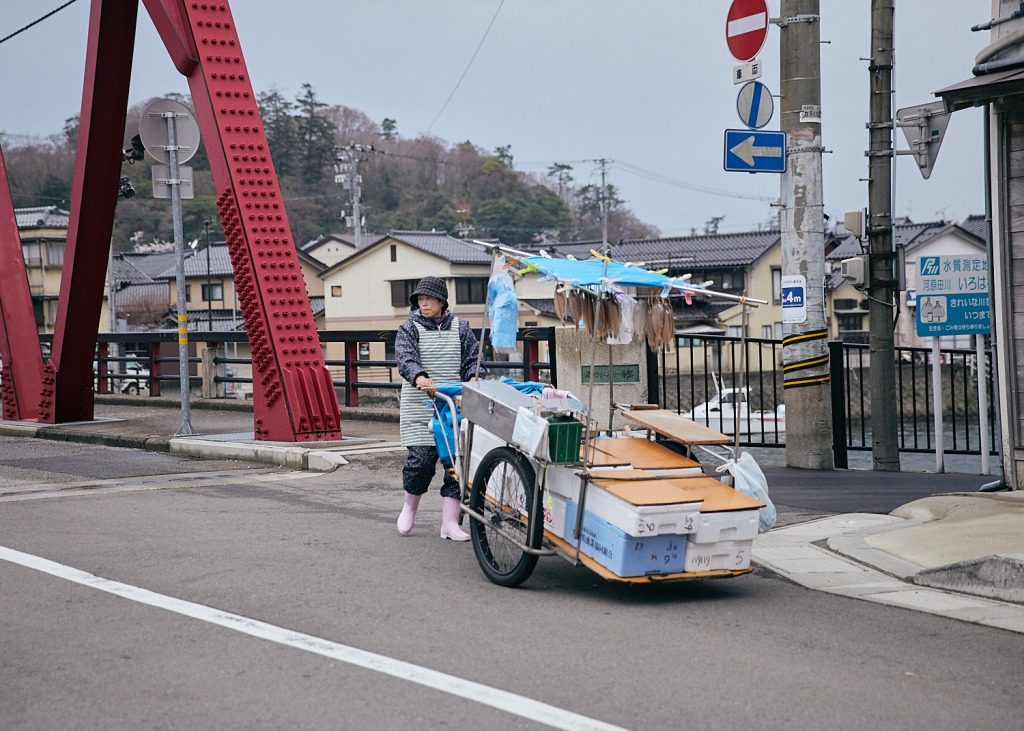
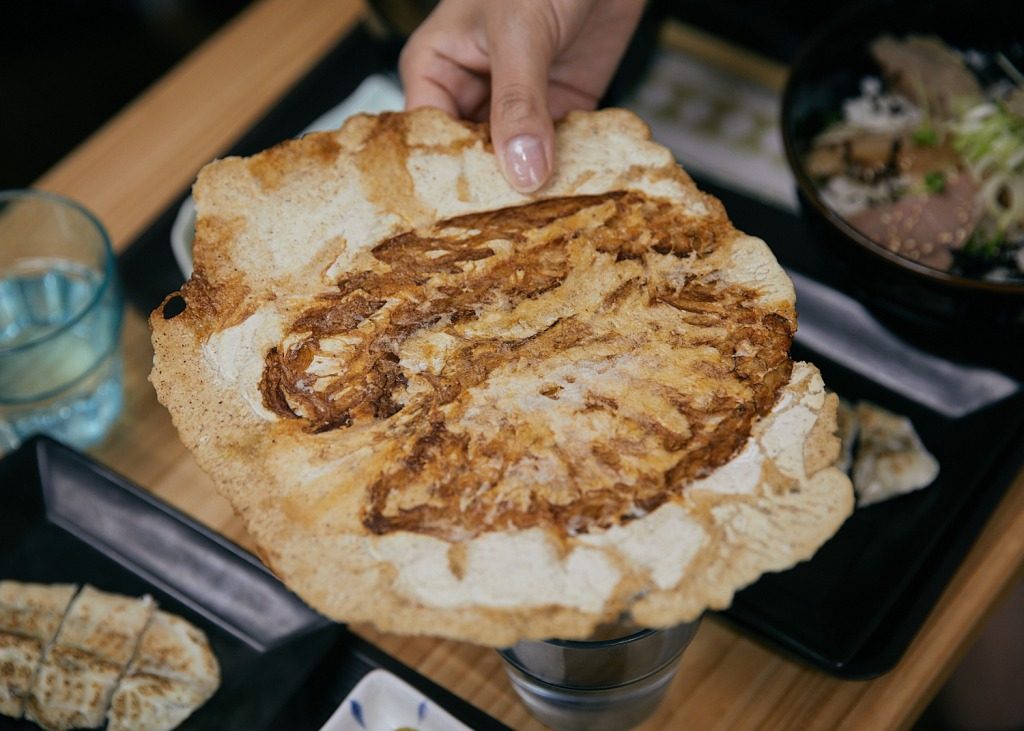

From 8:00 a.m. to noon, the morning market opens in Wajima Port. This market is one of the three largest in Japan. More notably, it’s the oldest, and has been running for over 1000 years!
The area is packed with locally-owned-and-operated lacquerware shops, fish markets, grocers and restaurants. The older women were the most enthusiastic salespersons, peddling their umeboshi (pickled plums), dried mushrooms, and other homemade morsels. We enjoyed a bowl of seafood and fugu chips made from blowfish. So fresh and delicious!
Senmaida

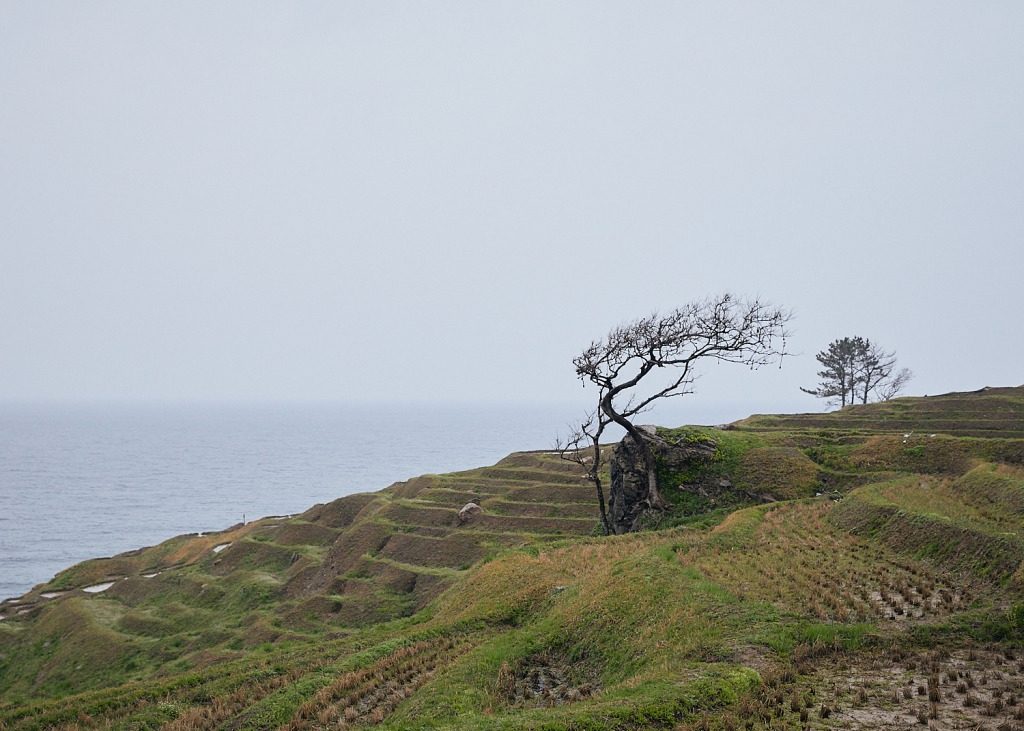
By the time we got to Senmaida, the weather was misty and rainy. Even so, the landscape was beautiful, and I could imagine how perfect it is when sunny.
Senmaida means “1000 rice fields,” and 1004 small paddies occupy the slope overlooking the sea. Rice planting happens in May, harvesting in September, and all is done by hand! I definitely want to return at that time.
That lone, stalwart tree seemed to escape the salty winds.
Mitsukejima
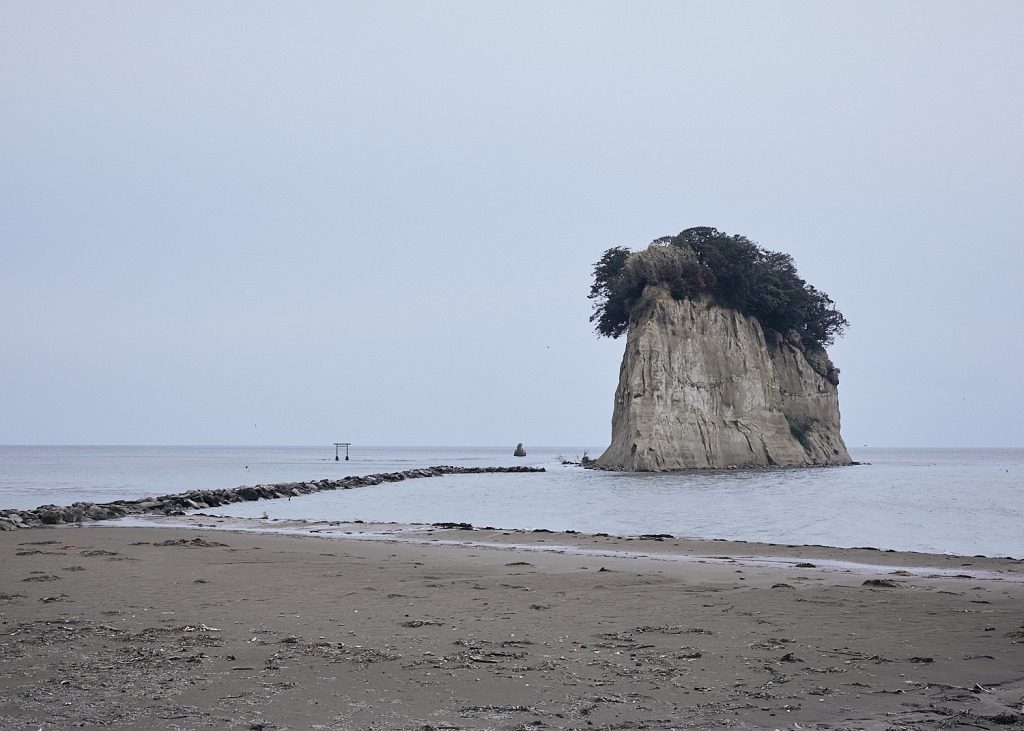
Mitsukejima is near the tip of the Noto Peninsula said to be first discovered by the Buddhist founder Kukai 1200 years ago. As it resembles a great ship, it’s often called Gunkan-jima, or “Battleship Island.” It’s an amazing spot at sunrise as well.
In 10 minutes, we were in the center of Suzu City with cafes and restaurants. We found some take-away and excellent coffee at Nizami Coffee.
Bessyodake Sky Deck Noto Yume Terrace
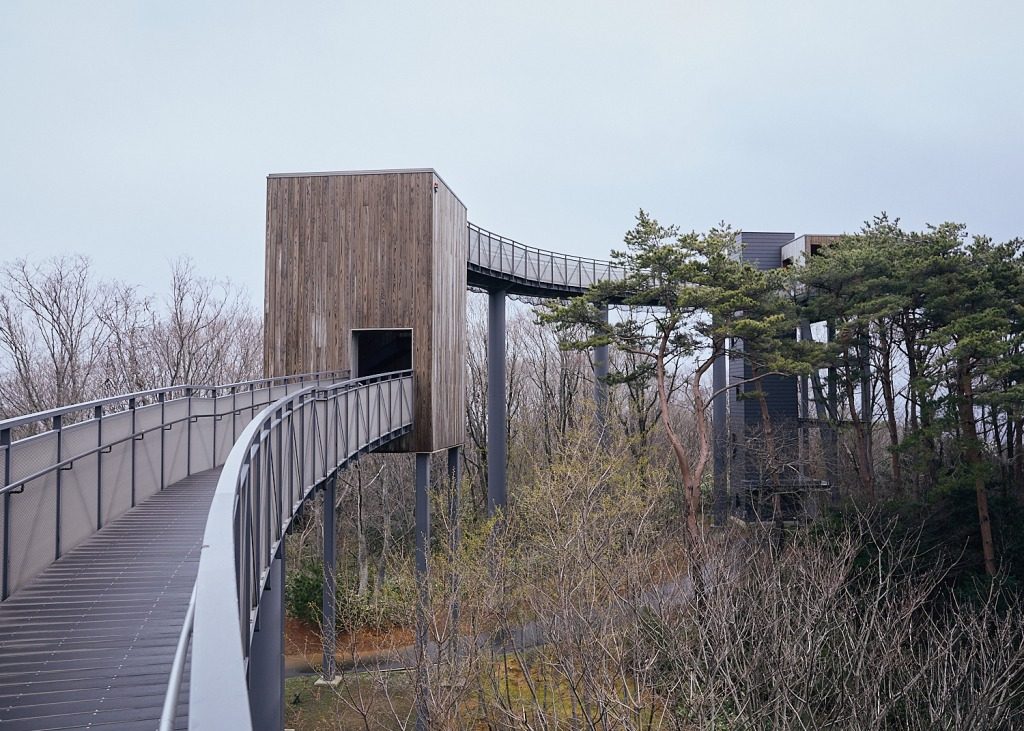
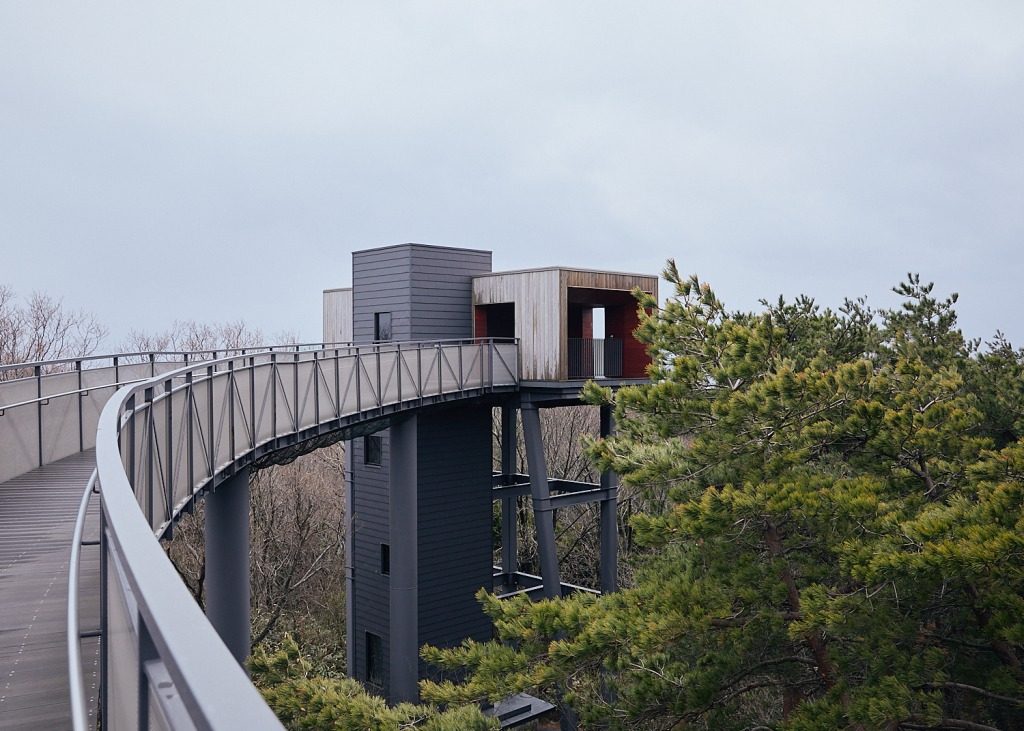

Along the Noto Satoyama Highway is a special parking area, “Yume Terrace.” At 13 meters high, the view of Noto-jima Island is breathtaking. When the sky is clear, you can even see the distant Tateyama Mountains. The quiet moments there overlooking the landscape made the perfect gentle ending to our sightseeing day.
Our route by car:
Kaname Inn → Ganmon: 1 hr 15 min
Ganmon → Wajima Morning Market: 1 hr
Wajima Morning Market → Senmaida: 17 min
Senmaida → Mitsukejima: 20 min
Mitsukejima → Yume Terrace: 1 hr
Yume Terrace → Kaname Inn: 1 hr 20 min
Touring by Bus from Kanazawa Station:
Local Tour Bus English Information
photos by Nik van der Giesen (hitonoto)
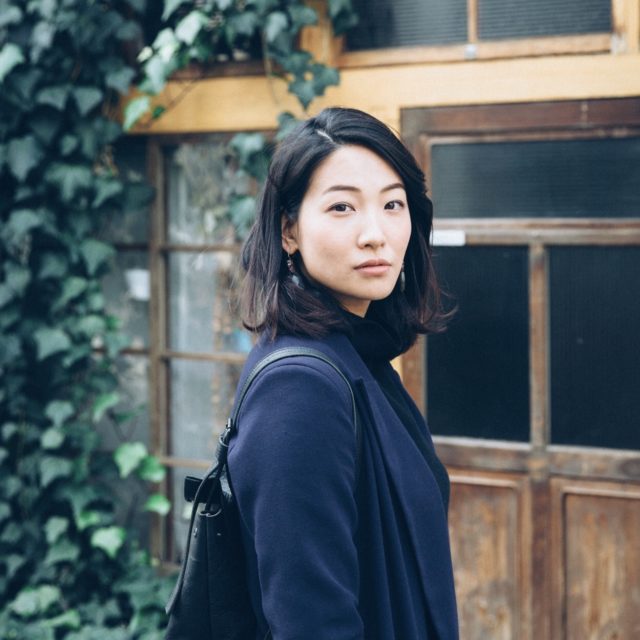
Nao can tell you anything you need to know about crafts, music and sake and was herself a singer in Tokyo for nine years. She is now living in a machiya, a kind of old Japanese townhouse, for her project, hitonoto. insta@yasutanao


